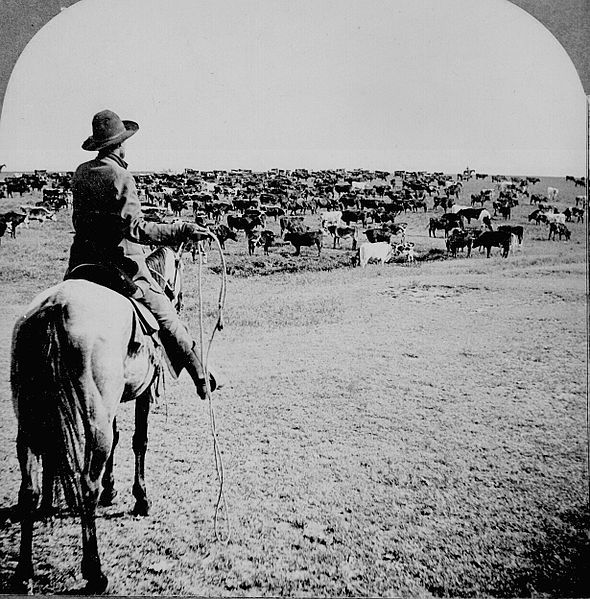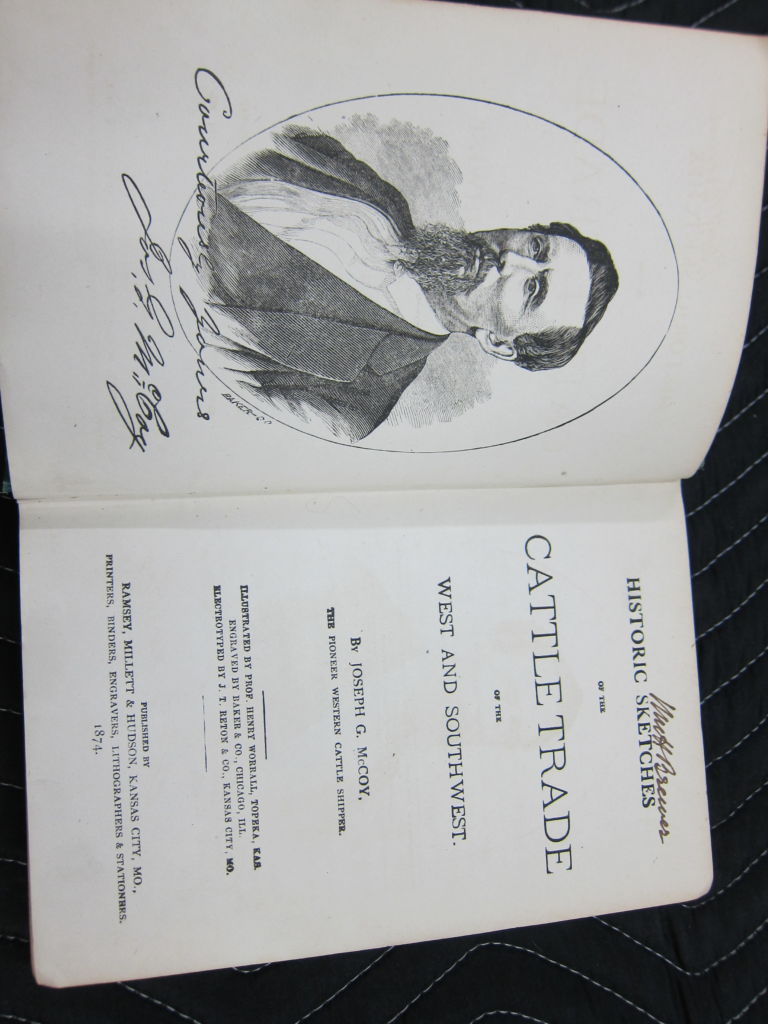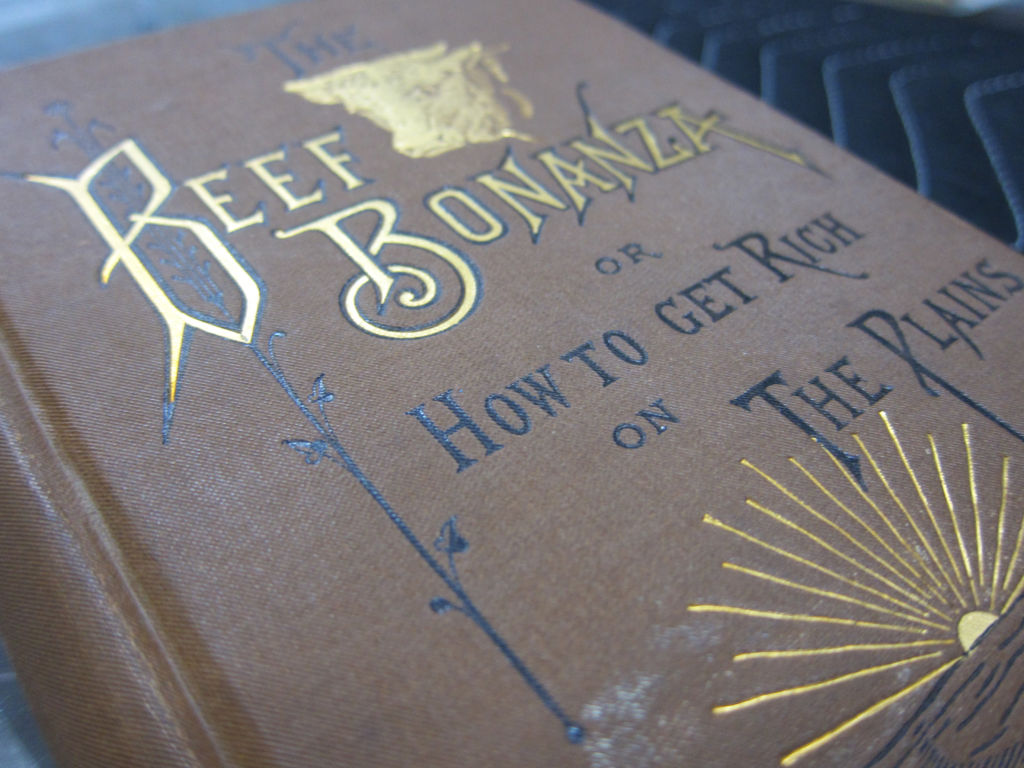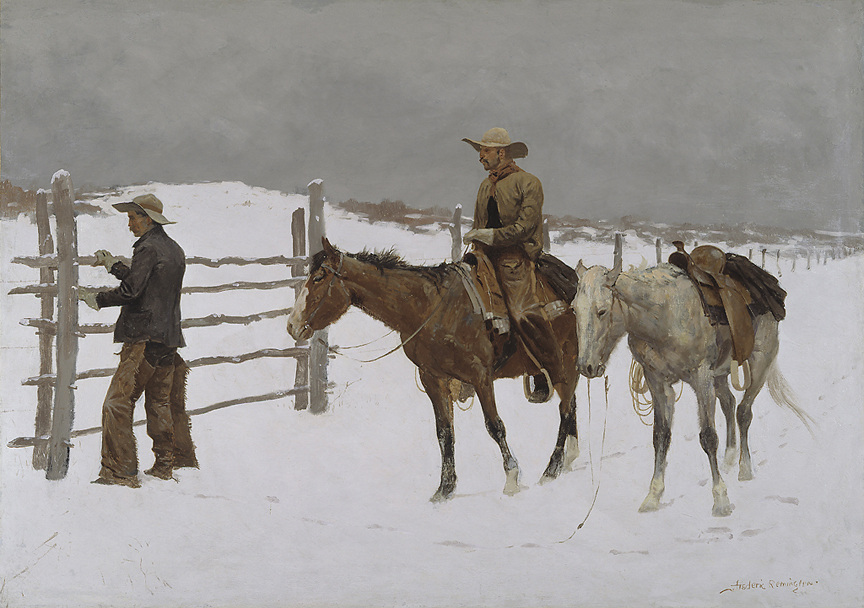What Does Beef Bonanza Mean in American West
The Texas Cattle Trail era is a mythological period of American history. The language and characters of the period have become part of our identity. You've heard of maverick politicians. Ever use the phrase "time to hit the trail?"

Cattle herd and cowboy, circa 1902
After the Civil War, the cattle business blossomed, largely by the booming industry in the north and reconstruction in the south. From 1867 to 1895, over 98,250,000 cattle trailed from Texas to northern markets. Beef was starting to replace pork as the country's preferred meat product.
In 1867, Joseph G. McCoy, a visionary in the beef industry, began working with railroads like Union Pacific to build a rail spur in Abilene, Kansas, where he opened his operation the following year. McCoy advertised for northern cattle buyers and Texas cattle drivers. In his first season, 35,000 head of cattle passed through his depot. That number doubled the following year and doubled again by 1870. In 1874, McCoy penned the classic Historic Sketches of the Cattle Trade of the West and Southwest, which scholars consider to be one of the most important books about the early cattle industry.

Joseph G. McCoy. Historic Sketches of the Cattle Trade of the West and Southwest, By Joseph G. McCoy, the Pioneer Western Cattle Shipper. Kansas City, MO: Ramsey, Millett & Hudson, 1874.
What was life like on cattle drives? A trail crew, or "outfit," usually consisted of 10-12 men. The ideal size of a trail herd was about 2,500. Rather than race to the cattle depot, the trail boss made sure the herd kept a steady pace of 7-10 miles per day so as to keep the cattle plump for market.
One of the biggest dangers on the drive was crossing rivers. As the crew traveled north, the rivers became wider. Most men could not swim.
Cowhand, waddy, cowpuncher, vaqueros, buckaroos. These were the common names for what we now refer to as cowboys. Who were these men?
The species "cowhand" is no special breed of human; but he is a special type created by his special way of life. Perhaps, though, it does take a special kind of guy to choose to be a cowhand. The cowhand is possessed by a sort of pioneering spirit; he likes nature – that is, nature in the raw. He doesn't mind taking a chance win or lose. He can take it on the chin and keep coming back for more. – Fay E. Ward
Cowboys came from Texas and everywhere else. The group was diverse: Black cowboys, Mexican cowboys, American Indian cowboys, British cowboys. It's estimated as many as 20% of the cowhands were born outside the U.S.

James Sanks Brisbin | The Beef Bonanza: Or, How to Get Rich on the Plains | 1881 | Book | The Rees-Jones Collection
By the 1880s, the landscape of ranches and the cattle business was changing. The trail industry was dissolving into the hands of larger ranches, often financed by British capital and other non-local entities. James Brisbin, vice-president of the National Cattle and Horse Grower's Association, actively promoted investment. In 1881, Brisbin published The Beef Bonanza; Or H o w to Get Rich on the Plains. Historians consider this publication to be the most important promotional book to draw major financial investors from northern Europe and the East Coast to the cattle industry.

Frederic Remington | The Fall of the Cowboy | 1895 | Oil on canvas | Amon Carter Museum of American Art, Fort Worth, Texas, Amon G. Carter Collection
The year 1885 marked an end of an era. With the invention of barbed wire, the development of railroads, overgrazing, settlers, what was once known as the "open range" was no more.
Source: https://sidrichardsonmuseum.org/beef-bonanza/
Belum ada Komentar untuk "What Does Beef Bonanza Mean in American West"
Posting Komentar